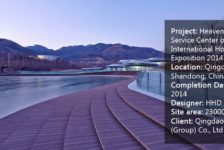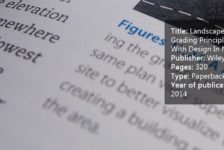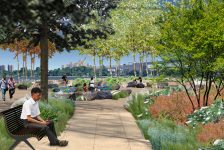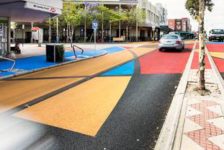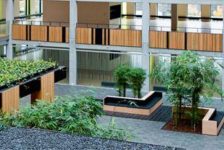Mulini Beach, 3LHD Architects, Rovinj, Croatia. Well-executed public park projects are not created solely at the large-scale master planning level or the detail-oriented design development phase. Successful projects are a result of a cohesive planning and conceptual development process carrying through to the final details. The attractiveness of Mulini Beach in Rovinj, Croatia, is due to the strong conceptual and detail development by an interdisciplinary team of architects, landscape architects, and engineers. Designers were faced with the challenge of creating a public park along the waterfront on a piece of ever-changing real estate. One of the biggest design obstacles influencing all aspects of the project was the change in topography due to the tides. Taking on this challenge, designers had no choice but to allow the sea and changes in the tides to alter design decisions and dictate site usage.
Mulini Beach: An Elegant Tale

Mulini Beach. Photo credit: Joao Morgado
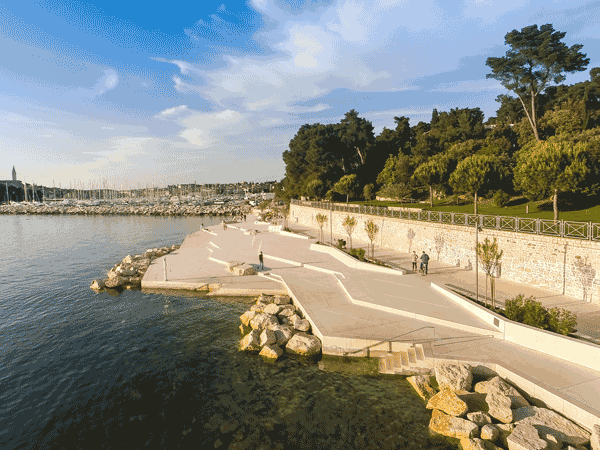
Mulini Beach. Photo credit: Joao Morgado
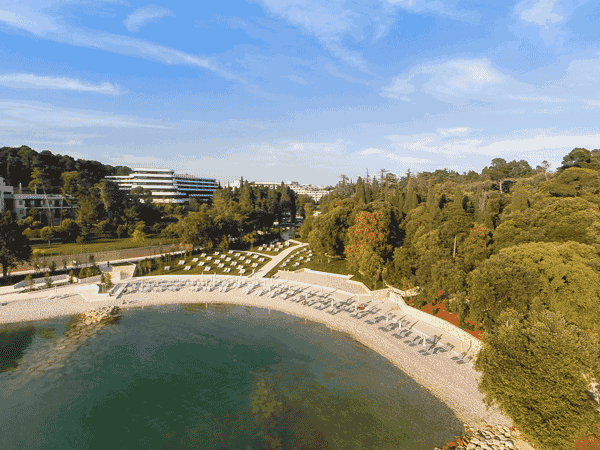
Mulini Beach. Photo credit: Joao Morgado
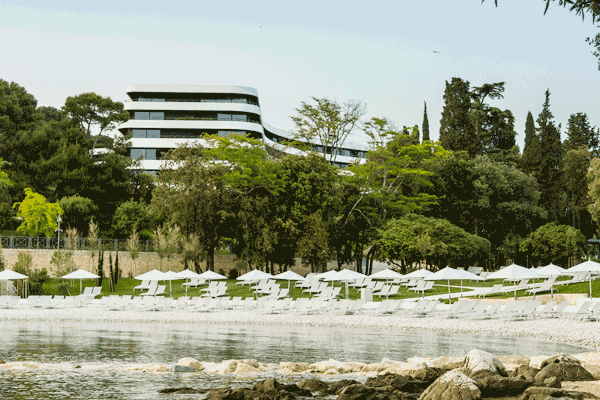
Mulini Beach. Photo credit: Joao Morgado
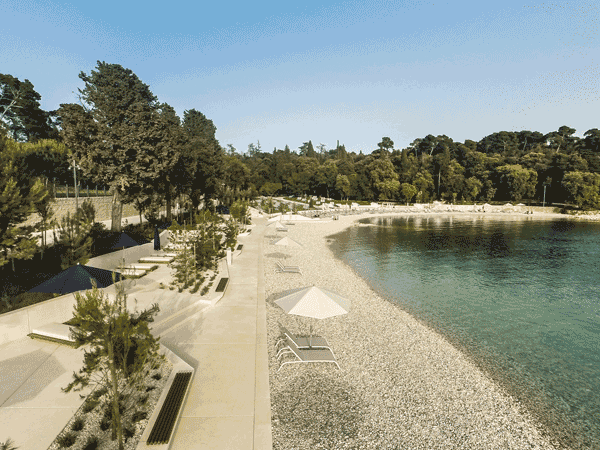
Mulini Beach. Photo credit: Joao Morgado
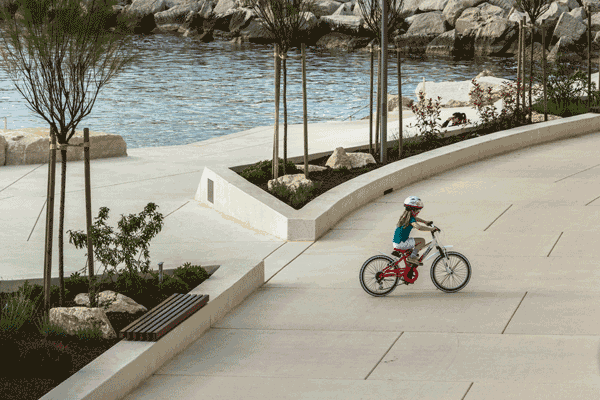
Mulini Beach. Photo credit: Joao Morgado

Mulini Beach. Photo credit: Joao Morgado
Spatial Opportunities at Mulini Beach
The two contrasting zones provide opportunities for visitors to sunbathe, relax, rest, and socialize in a variety of spaces. An additional site amenity, the Mulini Beach Bar, offers locker rooms, showers, restrooms, and information. The bar area provides additional day and night program space, with areas for small concerts and entertainment. Related Articles:
- Sugar Beach: The Design That Makes Your Teeth Hurt
- Stunning Residential Development Brings The Beach to The Residents
- The Garden of Hilton Pattaya by TROP : terrains + open space

Mulini Beach. Photo credit: Joao Morgado
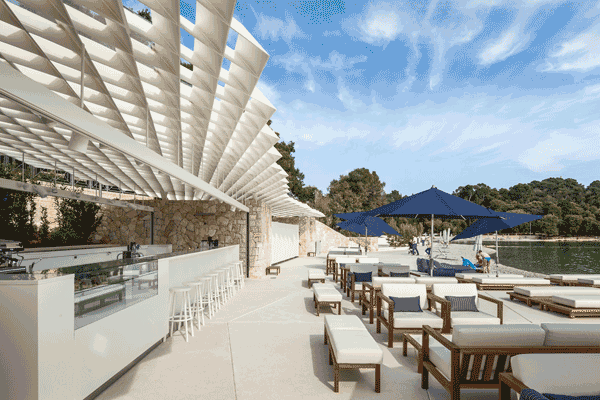
Mulini Beach. Photo credit: Joao Morgado
Design Highlight at Spatial Mulini Beach
The use of onsite stone is just one example of how detail-oriented design contributes to the overall success of Mulini Beach. Stone, a natural material found in outcroppings along the shore, is artfully used as an accent throughout the site. Large boulders in the concrete can be used as seating and bring a natural feel to the geometric hardscape. Other boulders form a natural edge between the water and the public park, mimicking outcroppings along the sea.

Mulini Beach. Photo credit: Joao Morgado
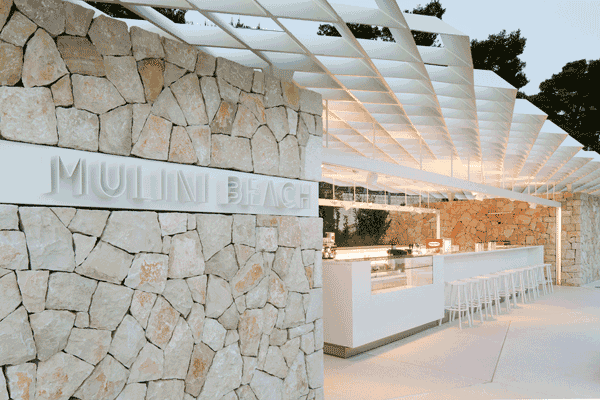
Mulini Beach. Photo credit: Joao Morgado
- The New Structuralism: Design, Engineering and Architectural Technologies by Rivka Oxman
- The Art of Construction: Projects and Principles for Beginning Engineers & Architects (Ziggurat Book) by Mario Salvadori
Article by Rachel Kruse Return to Homepage
Published in Blog


